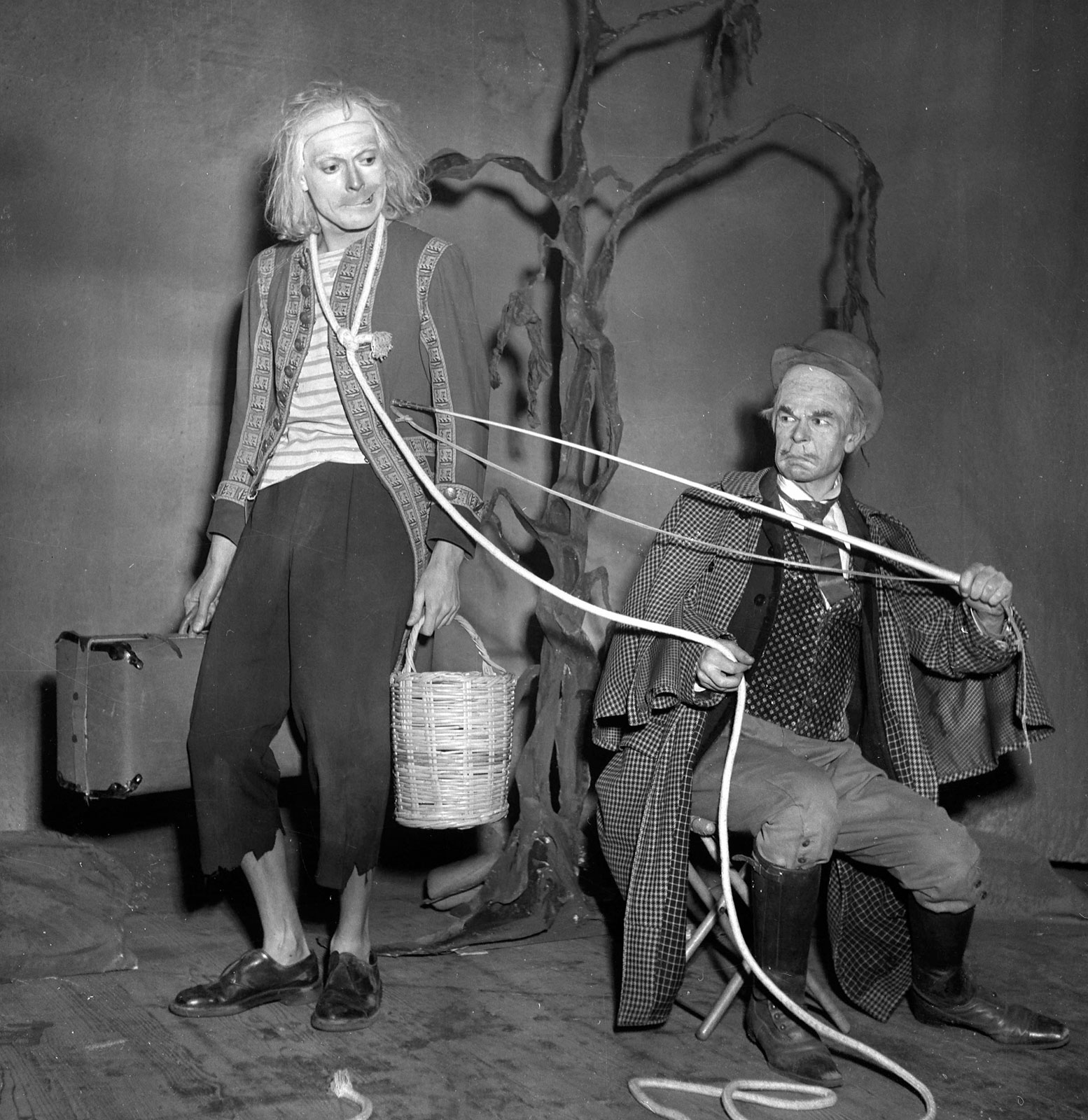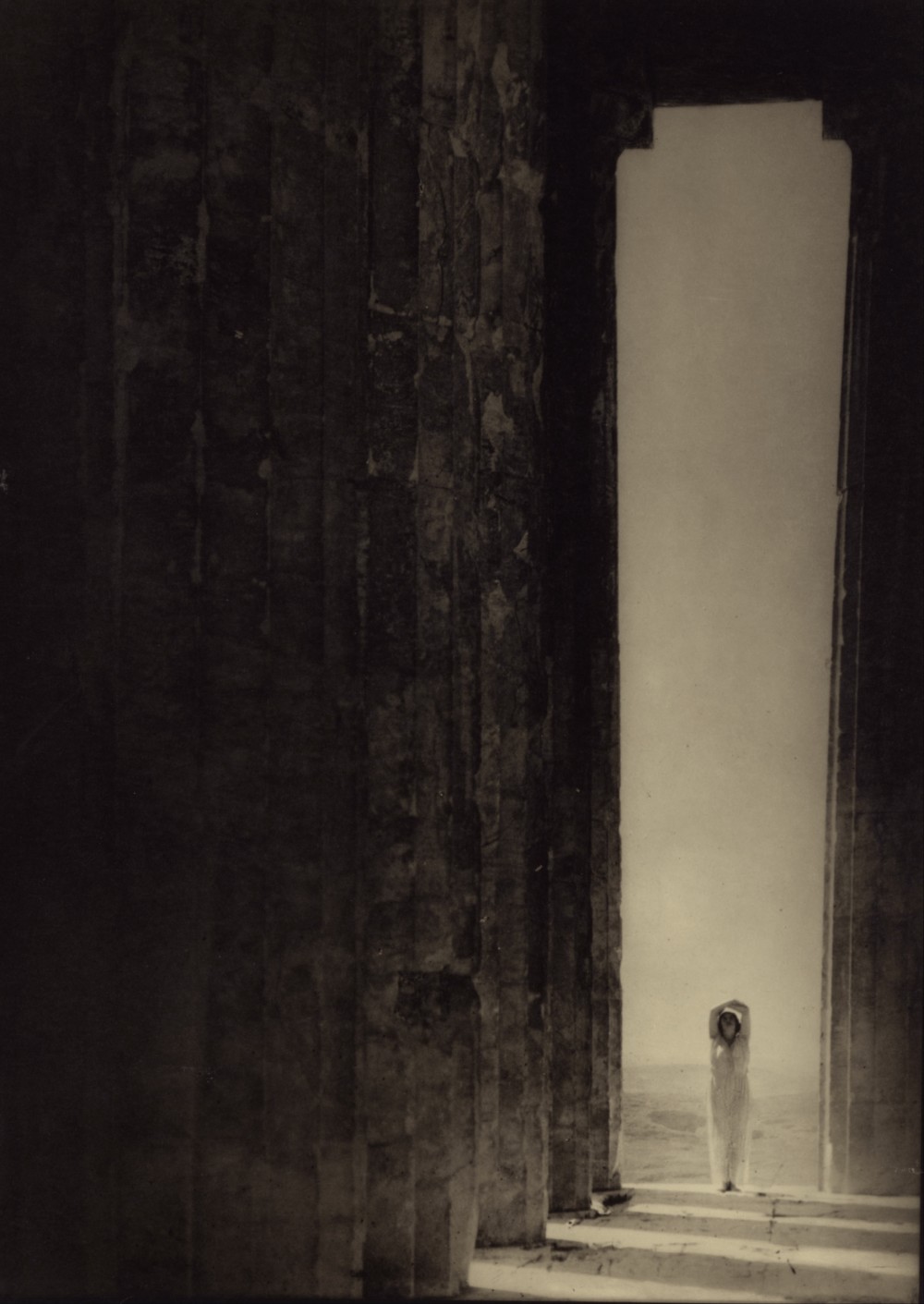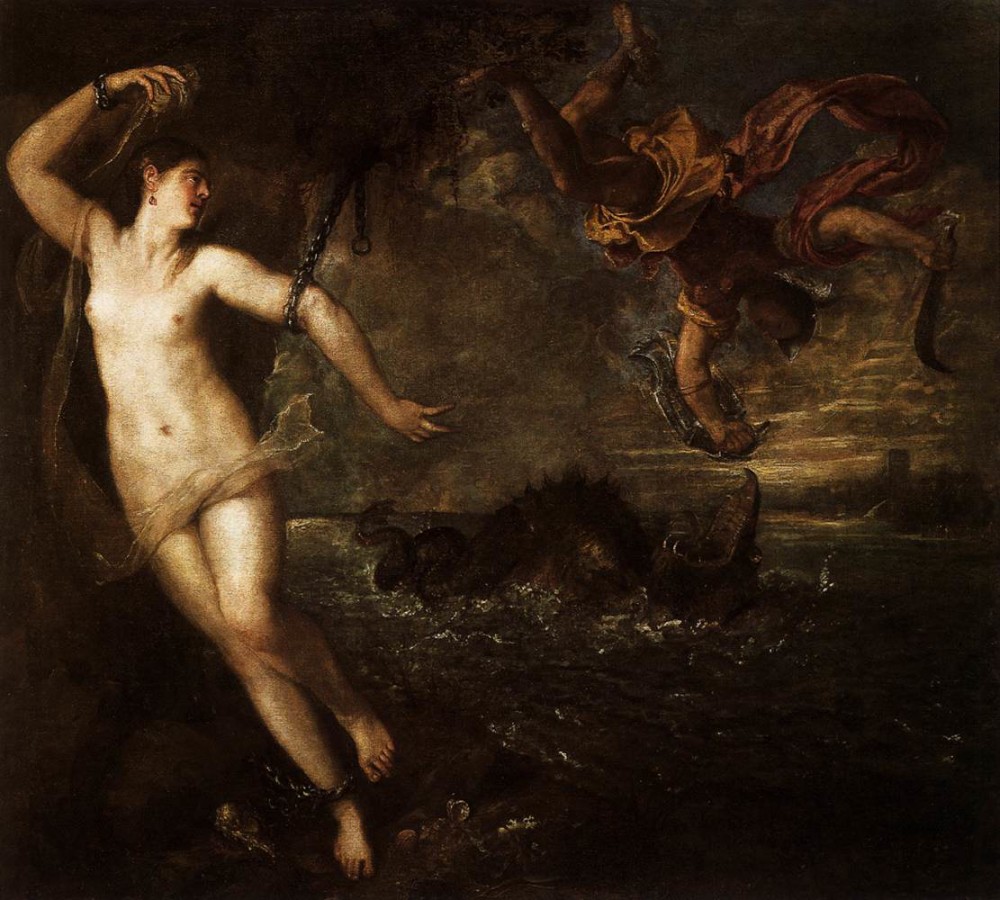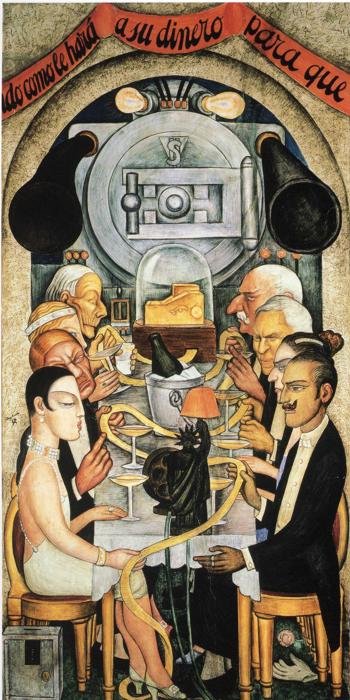
- American abstract artists, The Irascibles, including William Baziotes, James C. Brooks, Jimmy Ernst, Adolph Gottlieb, Hedda Sterne, Clyfford Still, Willem de Kooning, Bradley Walter Tomlin, Barnett Newman, Jackson Pollock, Theodoros Stamos, Richard Pousette-Dart, Robert Motherwell, Ad Reinhardt, and Mark Rothko. (Photo by Nina Leen//Time Life Pictures/Getty Images)
-
To us art is an adventure into an unknown world, which can be explored only by those willing to take the risks.
-
This world of imagination is fancy-free and violently opposed to common sense.
-
It is our function as artists to make the spectator see the world our way not his way.
-
We favor the simple expression of the complex thought. We are for the large shape because it has the impact of the unequivocal. We wish to reassert the picture plane. We are for flat forms because they destroy illusion and reveal truth.
-
It is a widely accepted notion among painters that it does not matter what one paints as long as it is well painted. (Rothko said “this is the essence of academicism.)
-
There is no such thing as a good painting about nothing.
-
We assert that the subject is crucial and only that subject matter is valid which is tragic and timeless. That is why we profess spiritual kinship with primitive and archaic art.
June 13, 1943 edition of the New York Times, brief manifesto: Mark Rothko, with Adolph Gottlieb and Barnett Newman.














